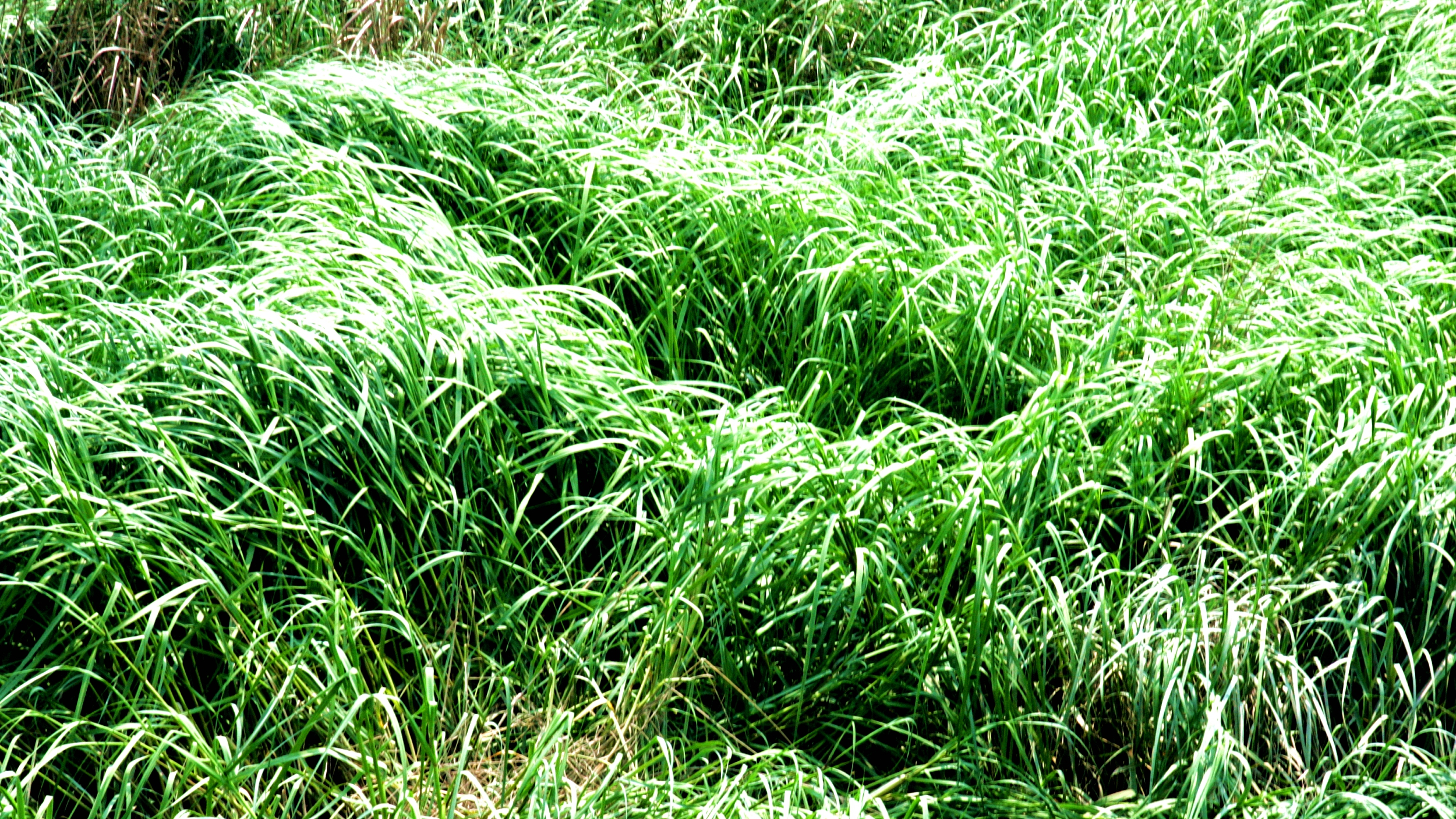
Environment
10:51, 29-May-2019
Chinese academy traces exotic cordgrass invasion on coasts
CGTN

A Chinese institute has monitored the changes of an exotic plant invasion on China's coasts, with remote sensing technology.
Spartina alterniflora, a kind of marsh cordgrass native to gulf coasts in North America, was introduced to China in the 1980s to protect sea coasts.
The Northeast Institute of Geography and Agroecology affiliated to the Chinese Academy of Sciences said the perennial grass had spread to 546 square kilometers by 2015, nearly double that of 1990.
Wang Zongming, head of the research team based in northeast China's Jilin Province, said they took six years to build the country's first high-precision Spartina alterniflora invasion database, using remote sensing data.
The invasion areas were distributed from Hebei Province in the north to Guangxi Zhuang Autonomous Region in the south. Among them, Jiangsu, Zhejiang and Fujian provinces and Shanghai Municipality in east China had the largest invasive areas, accounting for 92 percent of the total.
Wang said about one-third of the alterniflora invasion occurred in coastal wetlands under China's state protection, threatening native habitats. But the team found that since 2000, Spartina alterniflora in some areas had shrunk due to the influence of human activity such as aquaculture development and infrastructure construction.
"The scientific management and sustainable use of Spartina alterniflora needs to be further studied. Based on the database, the team would study the ecological and environmental effects of the changes of alterniflora invasion and make comparative analysis at home and abroad," said Mao Dehua, a researcher with the team.
The research paper was published in the latest issue of the international science journal Remote Sensing.
Source(s): Xinhua News Agency

SITEMAP
Copyright © 2018 CGTN. Beijing ICP prepared NO.16065310-3
Copyright © 2018 CGTN. Beijing ICP prepared NO.16065310-3